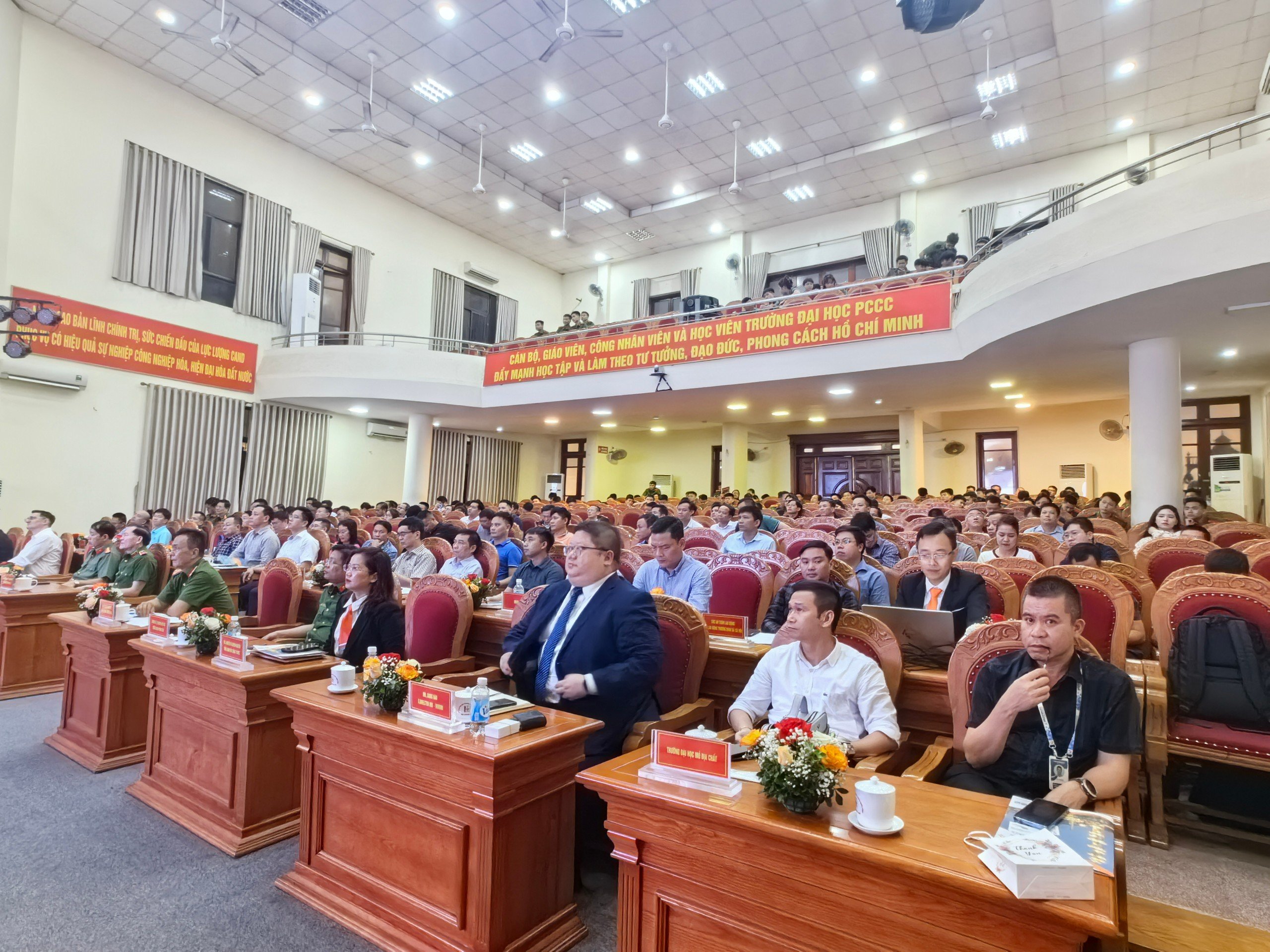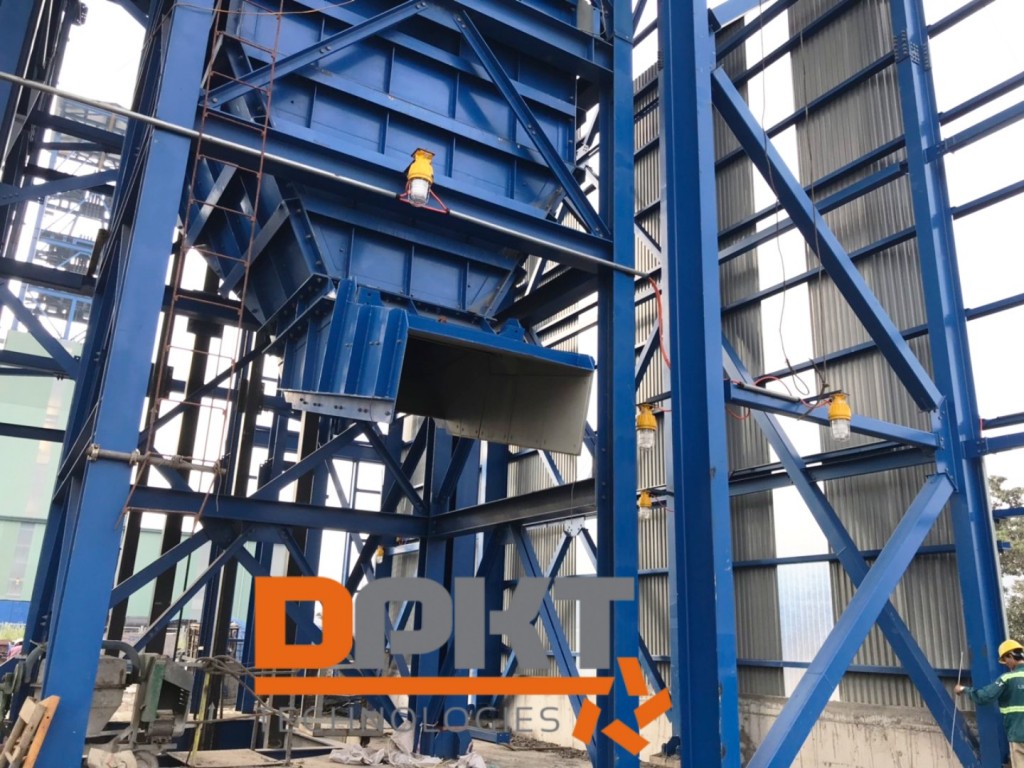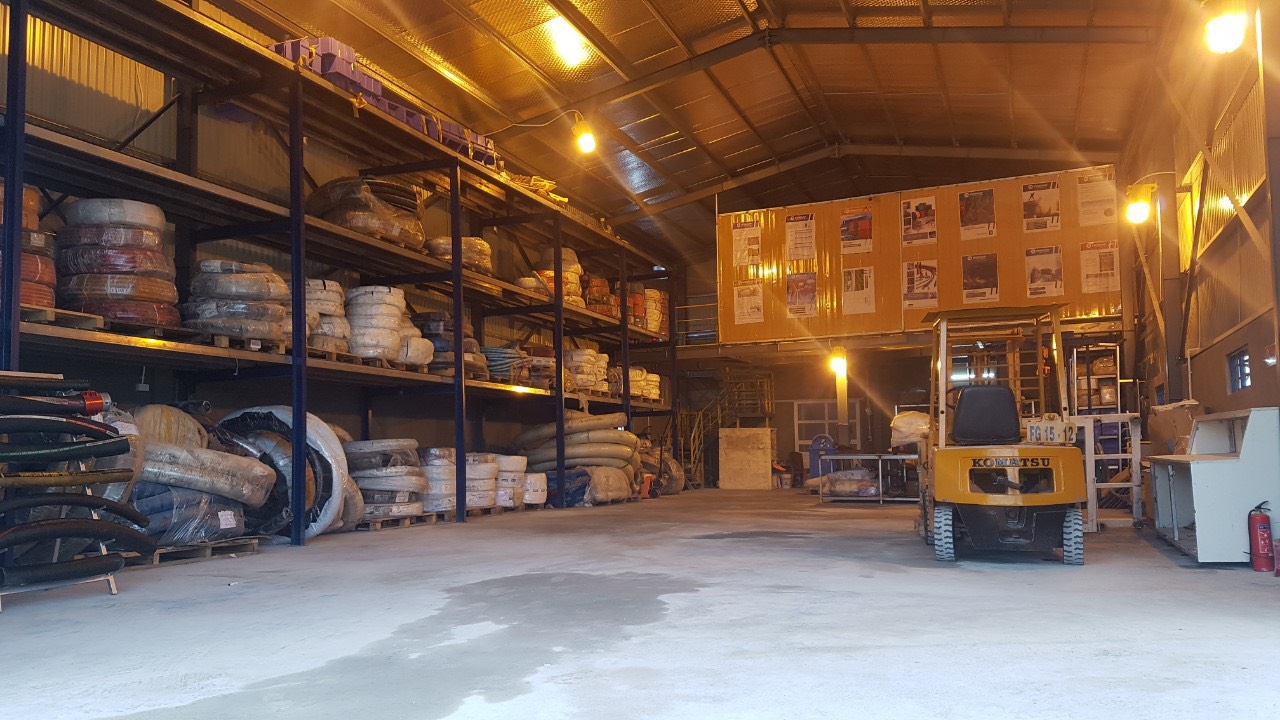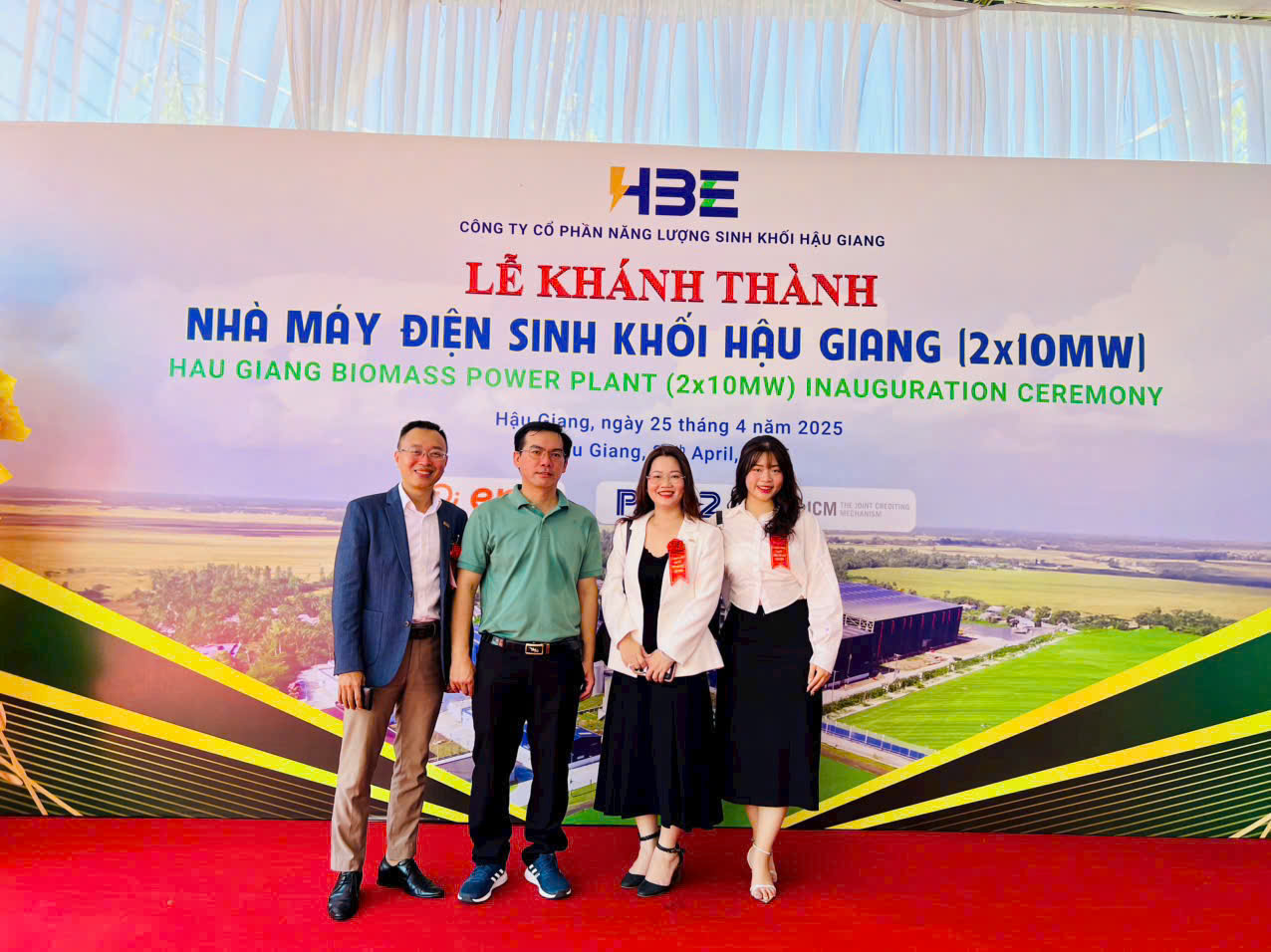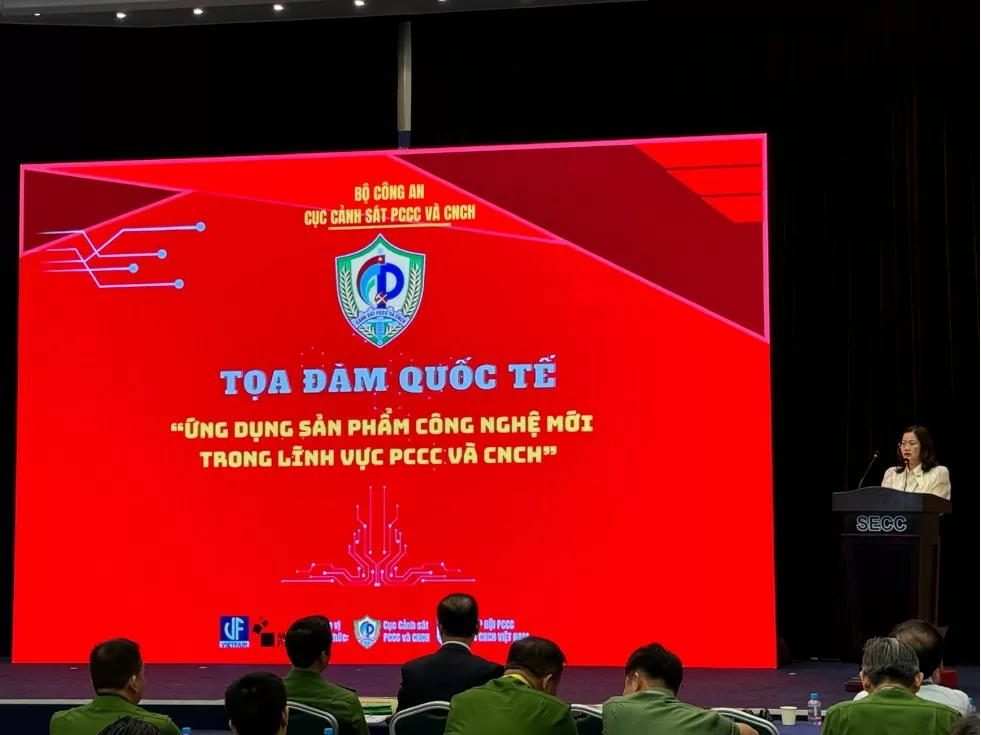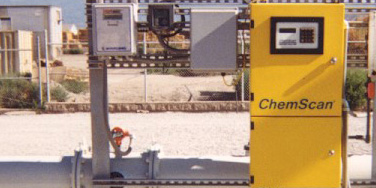
Statement of the Problem
Several types of processes are currently in use for Biological Nutrient Removal, including processes designed to remove nitrogen and those designed to remove both nitrogen and phosphorus.Nitrogen removal processes employ successive nitrification and denitrification steps, which can be designed to occur at different intervals (such as in an SBR), in different locations within a common tank or in separate tanks. Recirculation between tanks or zones allows denitrification to be performed under anoxic conditions in combined wastewater that contains carbonaceous material, in a tank or zone preceding aerobic BOD removal and nitrification. (For additional discussion, see the Application Summaries entitled “Nitrification Process Control” and “Denitrification Process Control”.
Combined nitrogen and phosphorous removal processes contain an additional anaerobic tank or zone prior to the anoxic tank or zone. Stored phosphate is released by specialized microorganisms under anaerobic conditions. These same microorganisms take up substantial amounts of dissolved phosphorous under aerobic conditions. (For additional discussion see the Application Summary entitled “Biological Phosphorous Removal”.)
It is important that the appropriate process conditions be maintained in each tank or zone. Phosphorous release in the anaerobic zone requires high strength BOD and no oxygen in dissolved form or from nitrate or nitrite. Denitrification in the anoxic zone depends on special organisms that metabolize carbon and oxygen. A source of carbon must be available and, if carbon is not deficient, the organisms are forced to strip oxygen from the nitrite or nitrate available in the process.
Process Control Strategy
It is advisable to monitor the concentrations of ammonia, nitrite and nitrate in each stage of nitrification and denitrification. Process upsets can easily be identified by monitoring the individual components at regular intervals from each sample point where a transition is expected.
If phosphorous removal is included in the process, it is advisable to monitor the nitrogen species and orthophosphate at each stage in the treatment process. This can assure that a phosphate deficiency will not exist during nitrification or denitrification and can assure that nitrate and nitrite have not been carried into the anaerobic zone.
Apparatus
A single ChemScan Process Analyzer can monitor ammonia, nitrite, nitrate and (if necessary) phosphate in samples from each process stage. Sample filtration is required to remove high solids prior to analysis. This is accomplished using one of several filter options including dedicated In-Situ or Flow Through cyclic filtration for each sample line or one central Cross Flow Ultrafilter.

